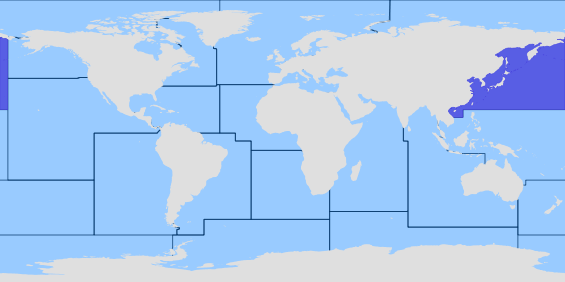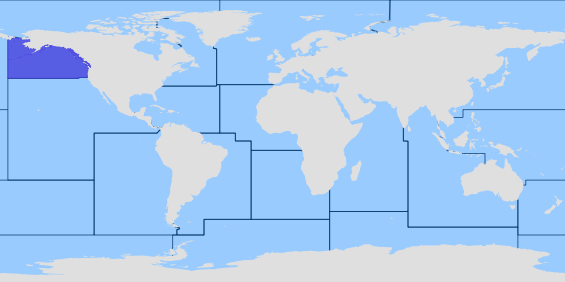angļu"Prawn" of British Columbia, sometimes called the giant shrimp. The body is stout; the carapace covered with a dense short pubescence. The colour of the adults is fawn to red with several distinct white stripes and spots, but the younger individuals show a variety of coloration. Some are green, others brown, while yet others show the red of red algae and
hydroids. This colour change seems to correspond to a change in habitat, for the young specimens live in comparatively shallow water amongst seaweeds and hydroids, while the older individuals go down into deep water. The rostrum is one and a half to one and two thirds times as long as the carapace. There are 14 to 17 dorsal spines extending to the middle of the rostrum, and usually a solitary spine not far behind the acute tip, while the lower limb is armed with 7 or 8 fixed spines.
Skats Translation
Tulkots no angļu valodas, BING
Šim tulkojumam ir tikai rekomendējošs raksturs: avotteksta ierobežotās kvalitātes dēļ morfoloģiskie apraksti ir pieejami tikai angļu valodā sistēmas BETA versijā. Informācija vairākās valodās būs pieejama turpmākajos paziņojumos.
latviešu"Garnele" British Columbia, dažreiz sauc par milzu garneļu. Ķermenis ir brašs un izturīgs; čaulas klāj blīva īsu pubescence. Krāsu no pieaugušajiem ir fawn sarkana ar vairāku atšķirīgu baltās svītras un plankumi, bet jaunākiem cilvēkiem parādīt dažādus krāsojums. Daži no tiem ir zaļa, brūna, kamēr citi vēl citi parādīt sarkano sārtaļģēm un hydroids. Šī krāsa mainās, šķiet, atbilst izmaiņām biotopos, jauniešu īpatņi dzīvo salīdzinoši seklā ūdenī vidū jūras aļģes un hydroids, bet vecākiem cilvēkiem ieiet dziļā ūdenī. Deguna (izstieptā purna) ir viens un pusi vienu un divām trešdaļām reizes, kamēr čaulas. Ir 14 līdz 17 dorzālā muguriņas, attiecinot uz vidu no deguna (izstieptā purna) un parasti vientuļnieks mugurkaula nav tālu aiz akūtu tip, bet apakšējo ekstremitāšu ir bruņota ar 7 vai 8 fiksēta spines.
 Attēls nav pieejams
Attēls nav pieejams






